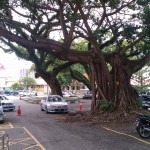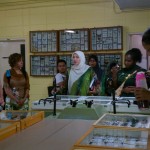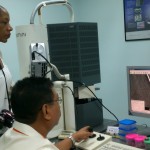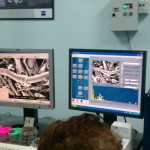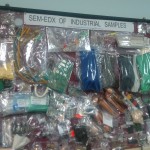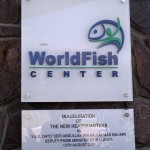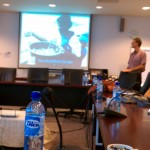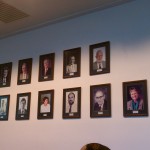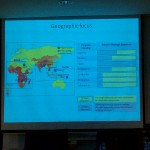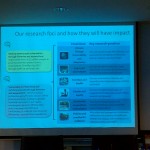Thursday 07/05/12
Selamat Petang!! (Good Afternoon)
Hmmm. What an interesting lecture that we had today! I guess the thing that sticks out the most was Florida having THE LARGEST OUTSIDE FLYING ROACH IN THE WORLD!! ::screams::vomits::screams some more::. Anywho, I learned a whole lot in today’s lecture. It really did give a great perspective into the type of lifestyles we have, and how development and ingenuity can cause us more problems than solve them.
Itinerary for today:
9am
- Visit to School of Biological Sciences
12pm
- Lunch [Own Arrangement]
3pm
- Visit to United Nations World Fish Centre, Batu Maung
And on to today’s lesson:
School of Biological Sciences
- If interests of certain people cross, then they want global collaboration.
- Sustainable urban pest management lecture notes
- 7/10 most populous cities are in Asia
- This powerpoint is the cleanest and clearest lecture yet! I am loving it!!! Has my full attention even if I didn’t want to pay attention.
- 60% of slum residents are in Asia
- 75% of slum dwellers are in Africa
- Fires in Indonesia debris carries over into Malaysia, which serves a valid point that the health in one country most definitely effects other countries. Global Health at its finest.
- Urbanization into natural ecosystems FORCES animals to become pests.
- Pigeon feces is toxic to buildings, statues, etc. Literally destroys then (but pigeons are still eaten in rural areas, never the city)
- 95% of pesticides do not reach targeted organisms
- Integrated pest management is challenging in urban areas
- Improving quality of human life while living within the environmental capacity is the key to a healthy life/world.
- Sustainable urban pest management is a program or idea gaining headway in Asia that accept pests at acceptable levels with little economic, social, and environmental disruption. (Yes, you live with pests in your home if they are not disrupting your life. A It is not worth bombing/tenting your home for a few sugar ants)
- Architectural design is a major reason for pests. Sky gardens/green roofs, “green” walls, rubbish chutes (which is FILLED WITH MILLIONS OF ROACHES), etc. eliminates the clear borders between natural environments and urban areas. (Think of ECO-living)
- Related government/legislation activity in making decisions without research information causes much harm. People follow the mass media like mindless robots.
- Sustainable programs/fields are dying because of the “fashionable ones”. But many do not realize, just like fashion, there are trends. What was “in” or “hot” yesterday will no longer be relevant tomorrow, therefore wasting money, time, and wasted effort.
- Health authority should always be proactive!!! It requires facts and gumption to be sustainable proactive leaders.
World Fish Center:
- Penang is the global headquarters and Mike Phillips gave the presentation
- Bangladesh and Cambodia relies on fish for 75% of their protein
- The purpose of World Fish Center is to reduce poverty and vulnerability through fisheries and aquaculture
- Sustainable production increases food and nutrition security through fisheries and aquaculture.
- Fish consumption is rising and more sustainable aquaculture is needed
- Africa ~> fish production/consumption is about nutrition and health
- Asia~> fish is about wealth, income, and health
- The pictures on the wall were the board of trustees and pass deputy directors
Randoms:
- Viva Voce - Latin phrase meaning “with living voice” also known as “by word of mouth”
- Prof. Kwa KNOWS EVERYTHING!!!!! No, seriously, why is he pretending to learn new things with us during lectures? Maybe he is getting the minute details to things he already knew. Well, needless to say, Prof. Kwa is a phenomenal promoter of USF College of Public Health and actually USF in general. He uses EVERY encounter as an opportunity for collaboration. I need to be like him when I grow up.
 )
) - Today’s lectures were really important when considering how important it is to incorporate sustainability in local and global health programs/initiatives.
Krystal
Some fun:

